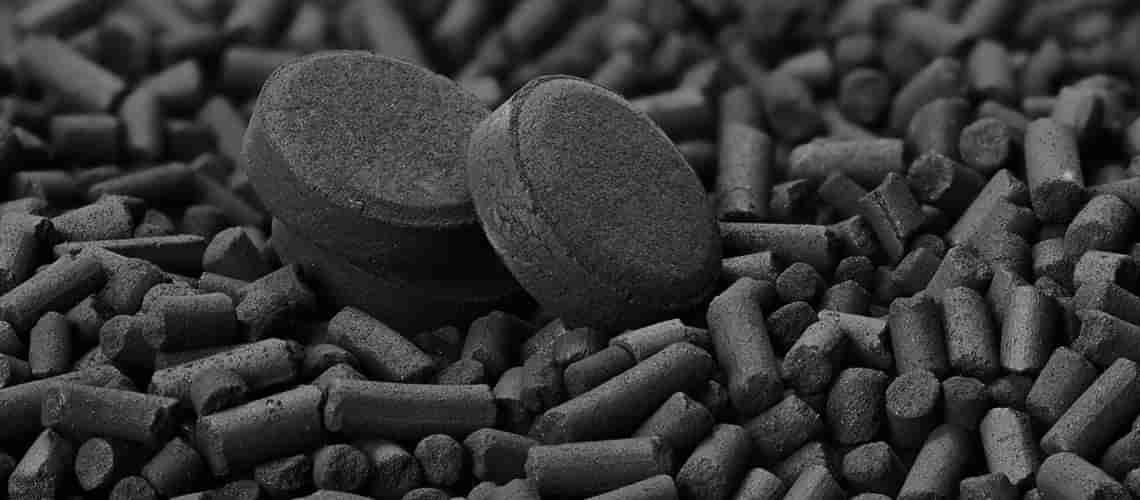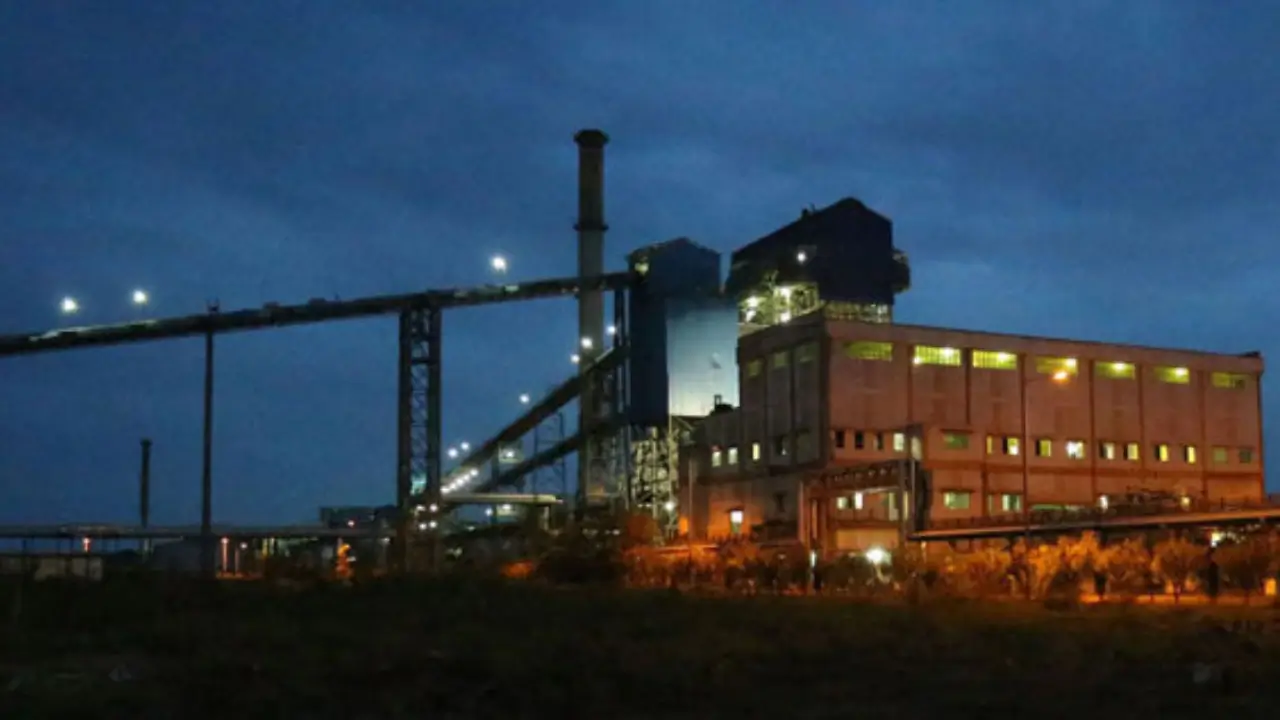- About
- Industries
- Products
- Wastewater Treatment
- Conventional Effluent Treatment: AQUASEP
- Toxic Refractory < 60,000 COD Removal: Catalytic Hydro-oxidation CHD-Ox
- Wet Air Oxidation for TOXIC > 60,000 COD : THERMOX
- Nanobubbles in Water Treatment: NANOPOREX-E
- Chemical-Free Cooling Tower Technology – A Sustainable Solution: ZEPHYR
- MVR for ZLD: Vapozem
- Membranes in wastewater Treatment: PROMEM
- TSS removal and Product recovery using Ceramics: PORESEP
- Heavy Metals and Trace Contaminant removal using Resins: SORBION
- Improving Efficiency of your sand bed filters: NANOMATRIX
- Choosing the Right technology for Wastewater treatment: Wastewater Treatability Studies’
- Reduce/Recover Oil from Wastewater: DISORB
- Produced Water Treatment: PWT
- Non Biofouling Membranes in wastewater Treatment: PROMEM-B
- Advanced Bioaugmentation Culture: BIOPORE
- Cavitation using Ultrasonics: RUSONICS-E
- Oxygen Generator System for Industries: OXYLIFE
- Process Solutions
- Precious Metal catalyst Filtration: CONTUFILT-M
- Activated Carbon Filtration: CONTUFILT-AC
- Raney Nickel Catalyst Filtration: CONTUFILT-RN
- Hot Gas Filtration: CONTUFILT – MH
- Biosolids removal using ceramics: PORESEP
- MVR for ZLD: VAPOZEM
- Ion Exchange-based RESINS: SORBION
- Dehydrating solvents by Zeolite Membranes: SOLVOSEP
- HiGee Continuous Distillation: ROTASEP
- Molecular Separation by Membranes: PROMEM
- Filtration & Separation
- Precious Metal catalyst Filtration: CONTUFILT – M
- Activated Carbon Filtration: CONTUFILT-AC
- Raney Nickel Catalyst Filtration: CONTUFILT-RN
- Hot Gas Filtration: CONTUFILT – MH
- Ceramic Dynamic Membrane Filtration: PORESEP
- MVR for ZLD: Vapozem
- Nano-Bubbles Improve Process Efficiency: NANOPOREX
- Alternate to Continuous Distillation / Rectification: ROTASEP
- Liquid-Liquid Extraction Mixer Settler: SEPARIX
- Ion Exchange-based RESINS: SORBION
- Pervaporation: Dehydrating Solvents and Separating Mixtures: SOLVOSEP
- Cartridges & Filter Bags: FLOWSEP™
- Molecular Separation by Membranes: Recovery and Isolation: PROMEM
- Colour / Organics / VOC Removal: CARBOSORB
- Oxygen Generator System for Industries: OXYLIFE
- RUSONIC – Sonochemistry
- Magnetic Separator Technology: MAG-Filt
- Wastewater Treatment
- Resource
- Contact Us
Top Posts
5 Applications of Nanobubbles in Agriculture
How to Increase Yield Without Using Fertilisers?
What Are Nanobubbles?
How Nanobubbles Improve Farming Practices
Better Oxygenation for Soil and Roots
Improved Nutrient Uptake and Soil Health
Efficient Water Usage and Retention
Reduction in Soil Compaction and Improved Aeration
Compacted soil restricts root expansion and reduces oxygen availability. Nanobubbles help loosen soil particles, improving aeration and structure.
Well-aerated soil allows roots to grow deeper and access nutrients more effectively. Healthy soil structure prevents waterlogging and promotes long-term soil fertility.
Natural Resistance to Plant Diseases and Pests
Sustainable Alternative to Chemical Inputs
By integrating nanobubbles into farming practices, growers can maintain high yields while minimising chemical inputs.
Practical Ways to Use Nanobubbles in Agriculture
- Irrigation Systems: Infusing irrigation water with nanobubbles improves root oxygenation and water distribution.
- Hydroponics and Aquaponics: Enhanced oxygen levels in nutrient solutions promote faster and healthier plant growth.
- Soil Drenching: Applying nanobubble-enriched water directly to the soil enhances microbial activity and nutrient availability.
- Seed Treatment: Soaking seeds in nanobubble water improves germination rates and early-stage plant development.
FAQs
How do nanobubbles benefit plant roots?
Can nanobubbles replace chemical fertilisers?
Are nanobubbles effective for all types of crops?
Is nanobubble technology suitable for organic farming?
How can farmers integrate nanobubbles into existing irrigation systems?
Conclusion
Would you like to explore how NANOPOREX can benefit your farm?
Related Posts
LinkedIn Feed

Industries
Wastewater Treatment
Separation Sciences
Contact
Sign in for latest updates
Stay informed with the latest updates from Diva Envitec! Sign up for our newsletter to receive exclusive news, insights, and case studies directly to your inbox.

Copyright © 2024 Diva Envitec
Terms of Service
Privacy Policy
Industries
Wastewater Treatment
Separation Sciences
Contact
Sign in for latest updates
Stay informed with the latest updates from Diva Envitec! Sign up for our newsletter to receive exclusive news, insights, and case studies directly to your inbox.


